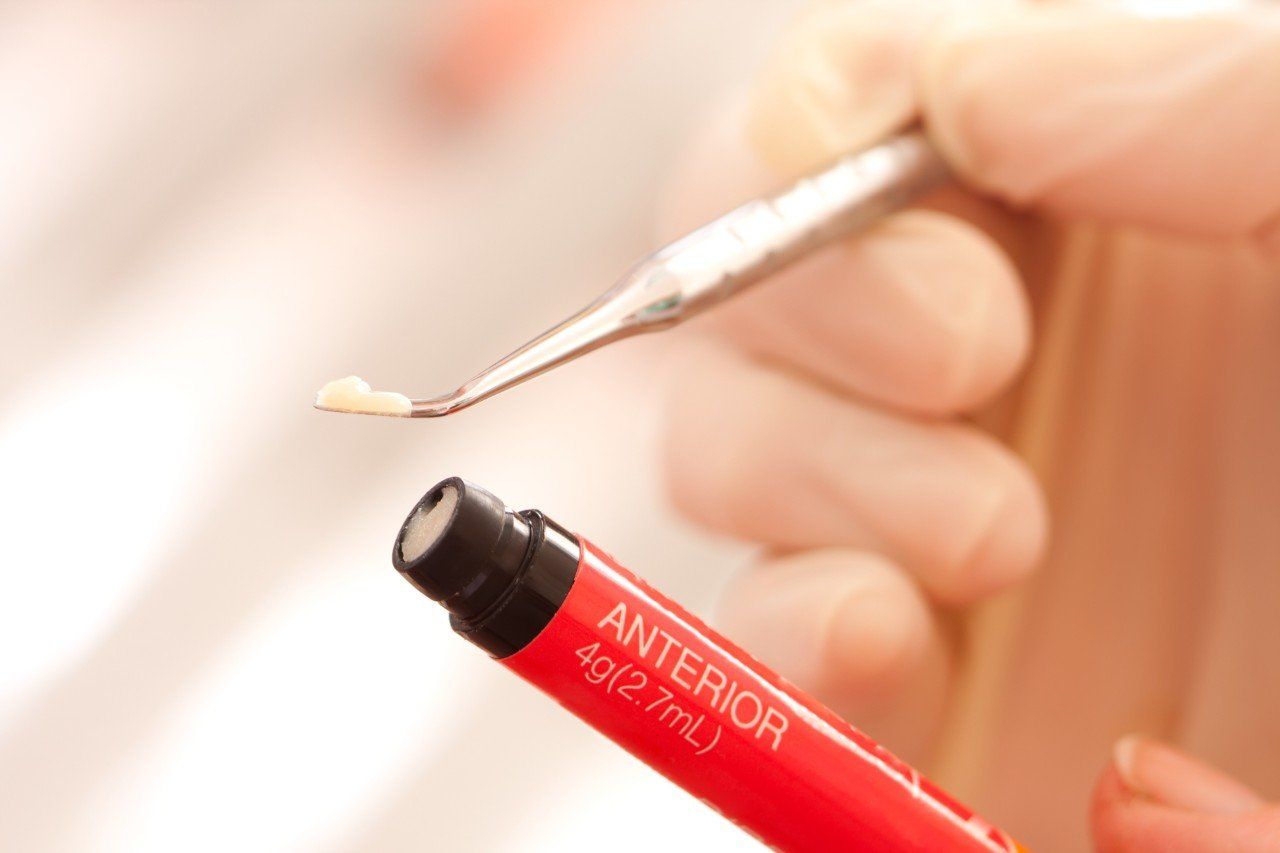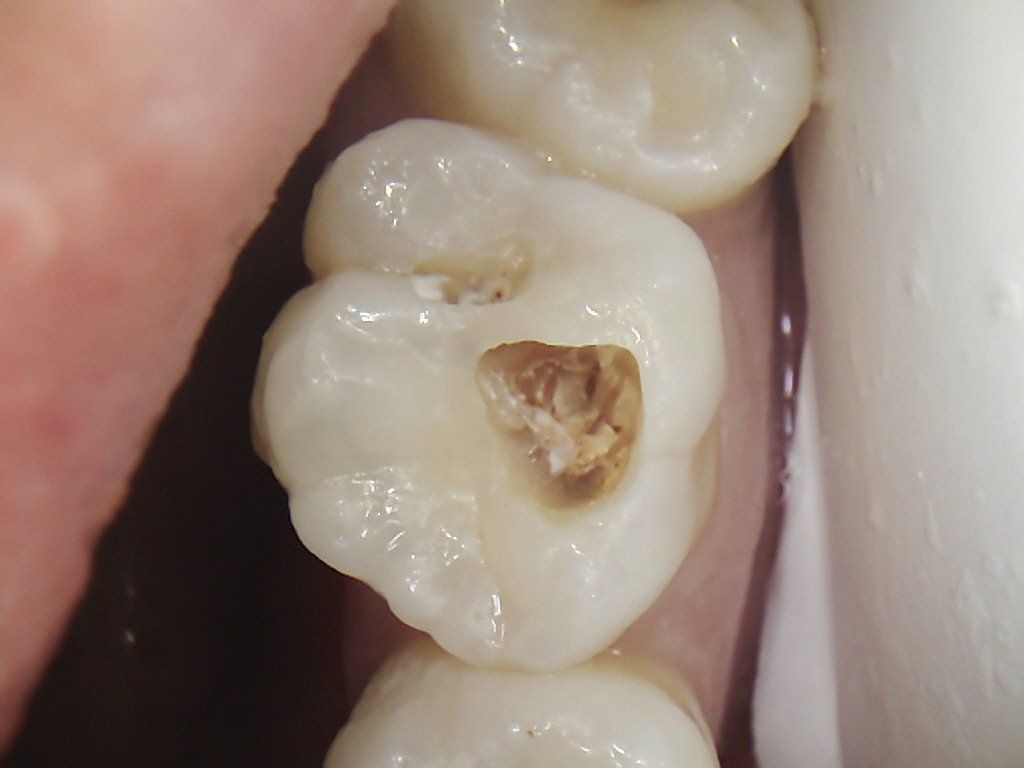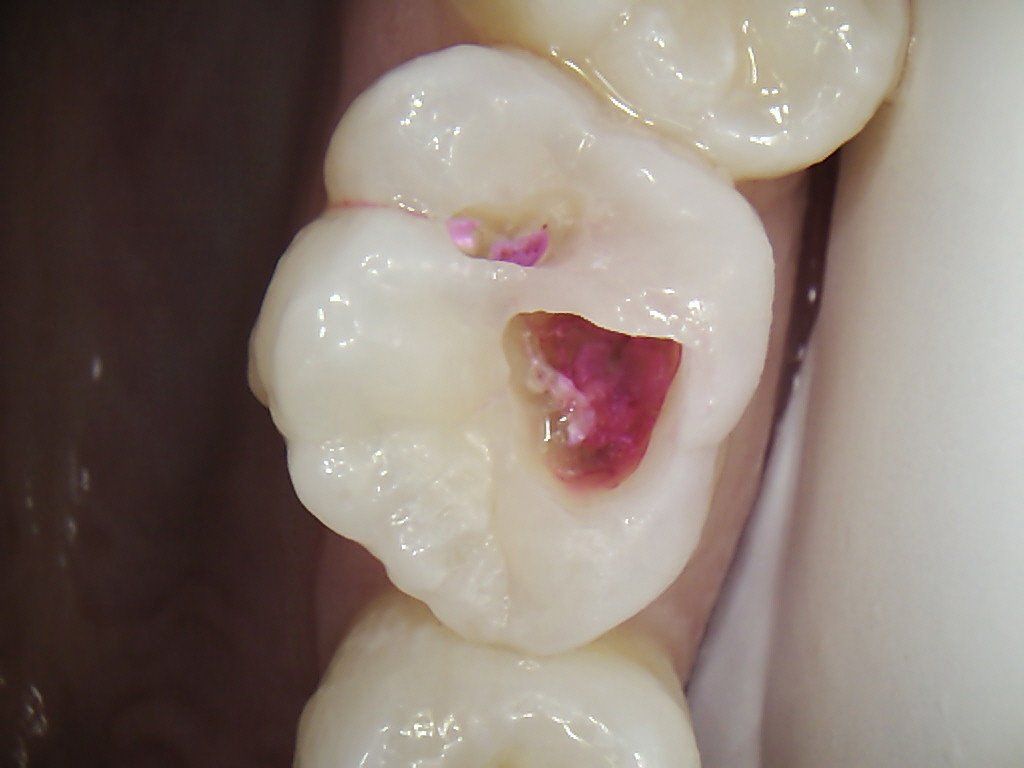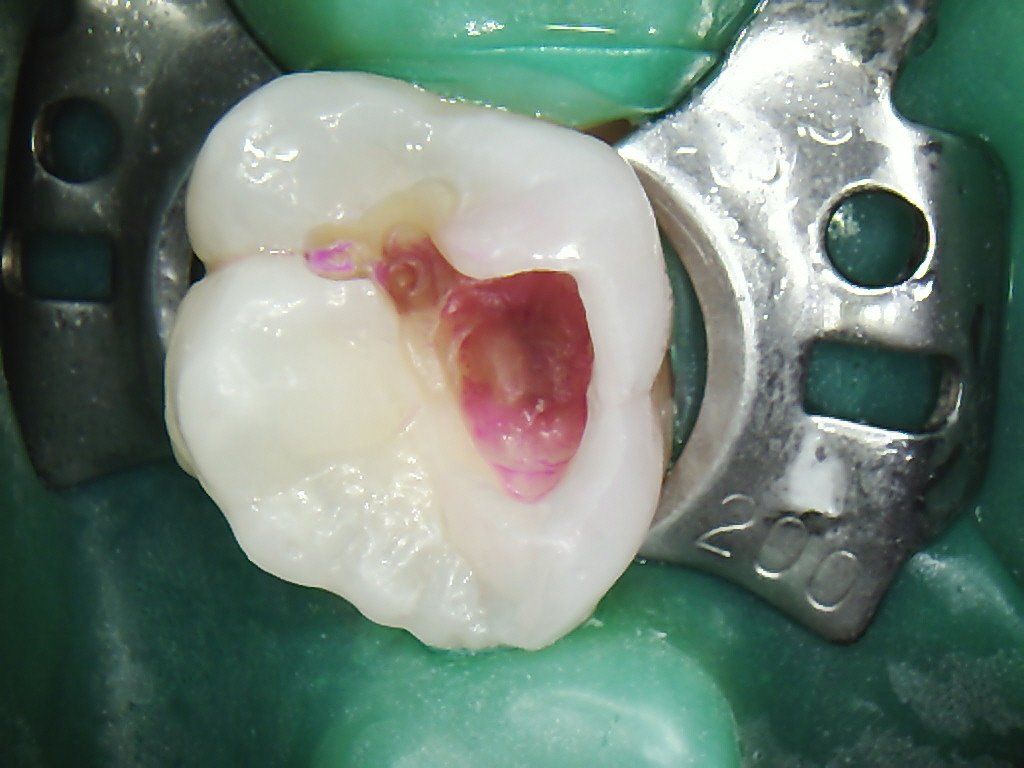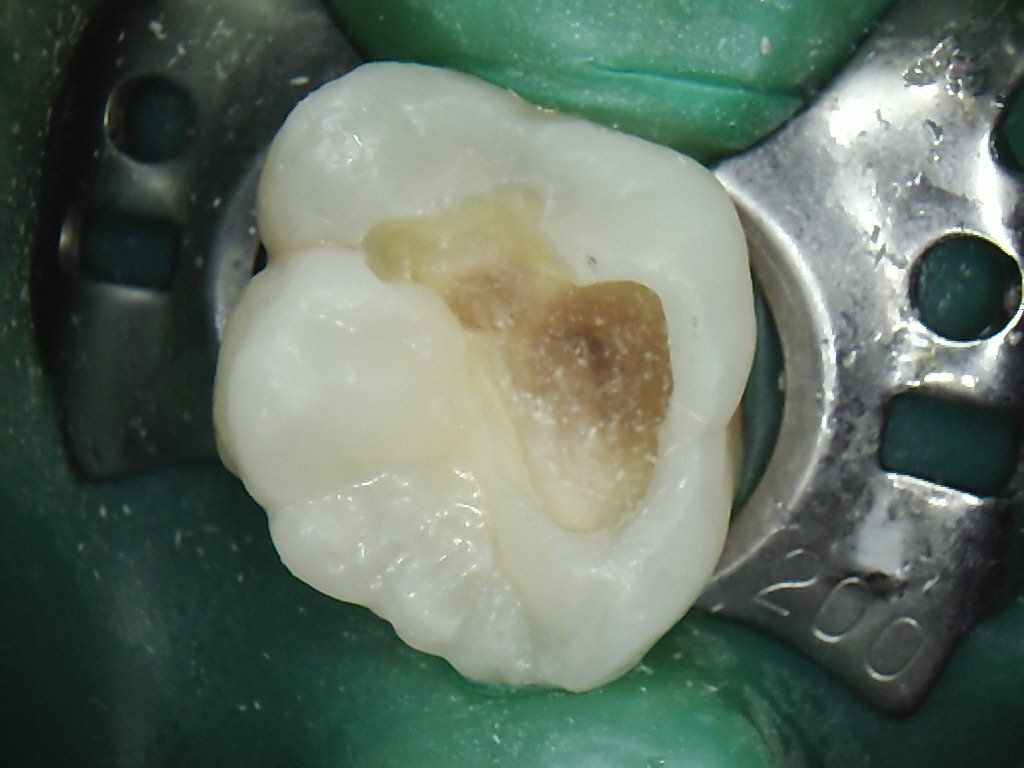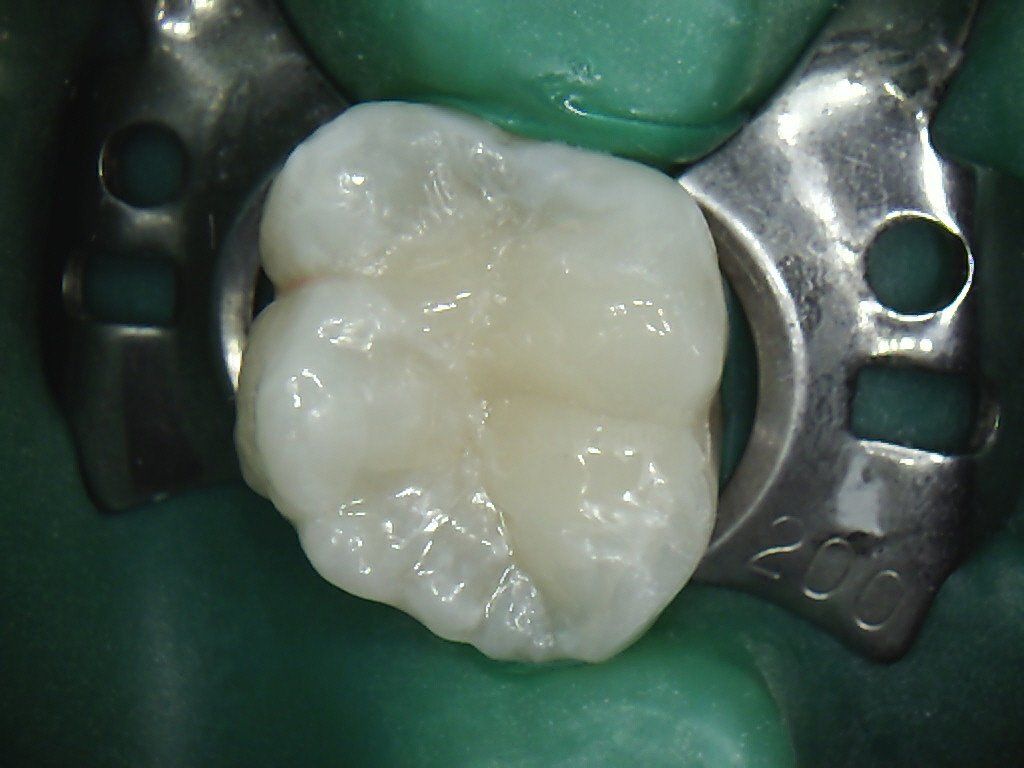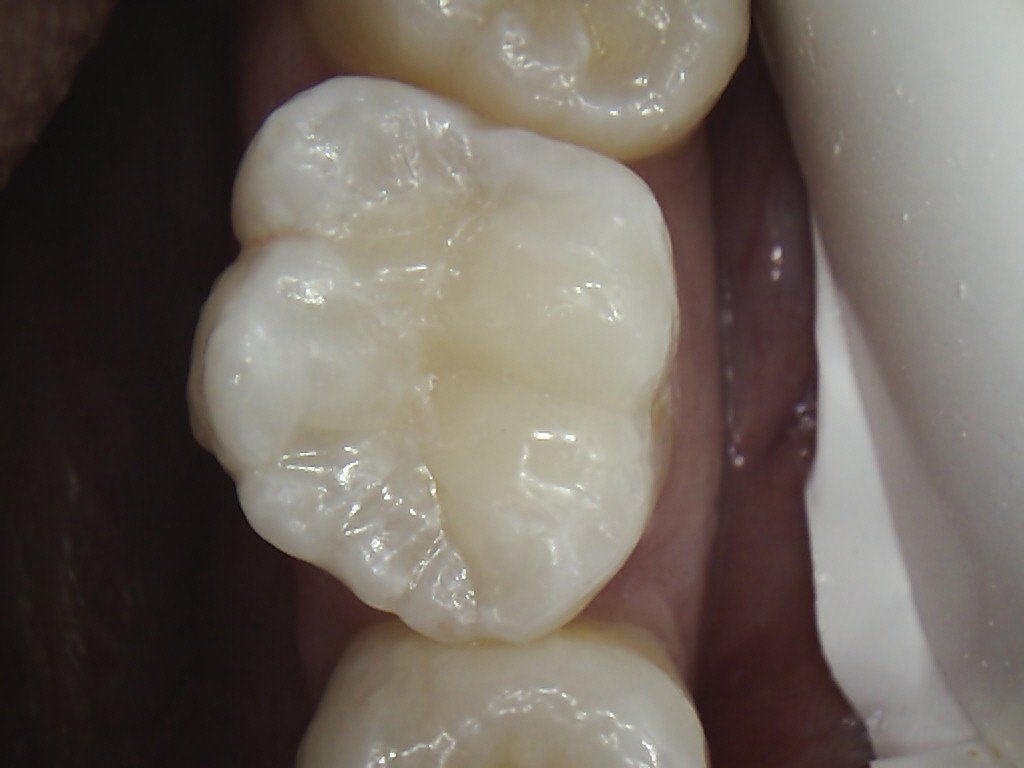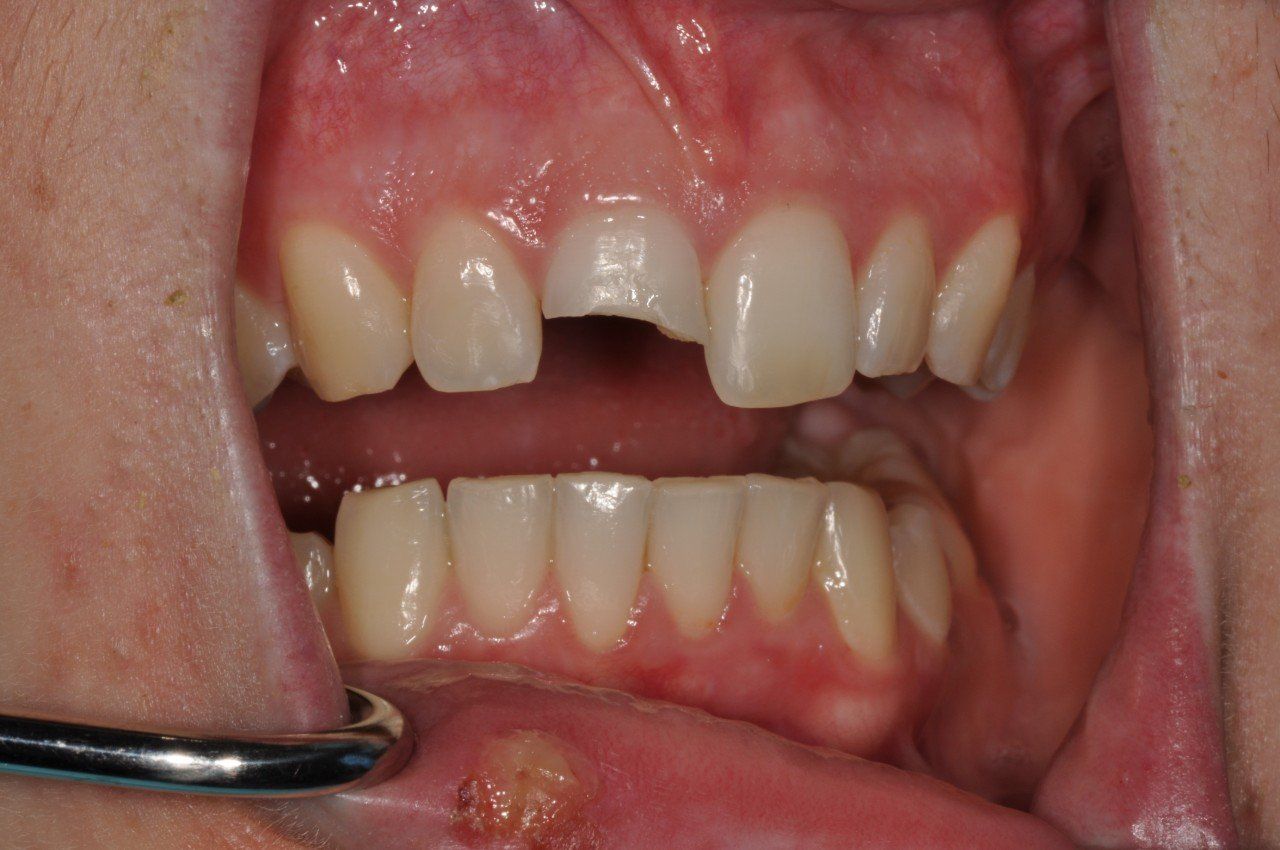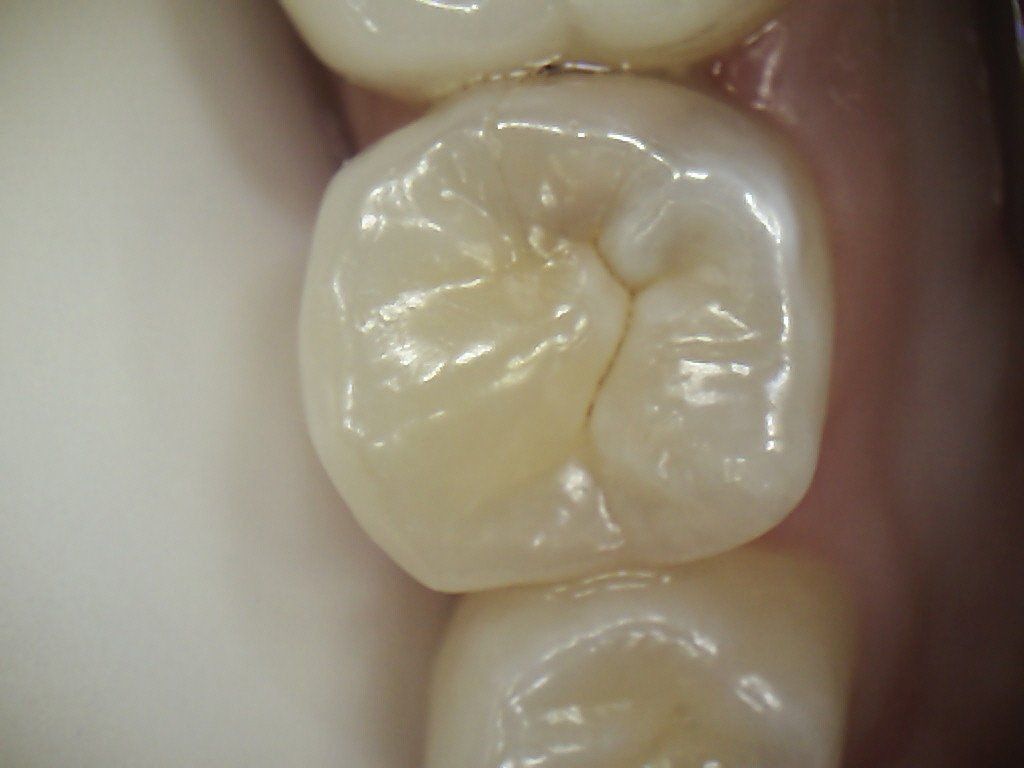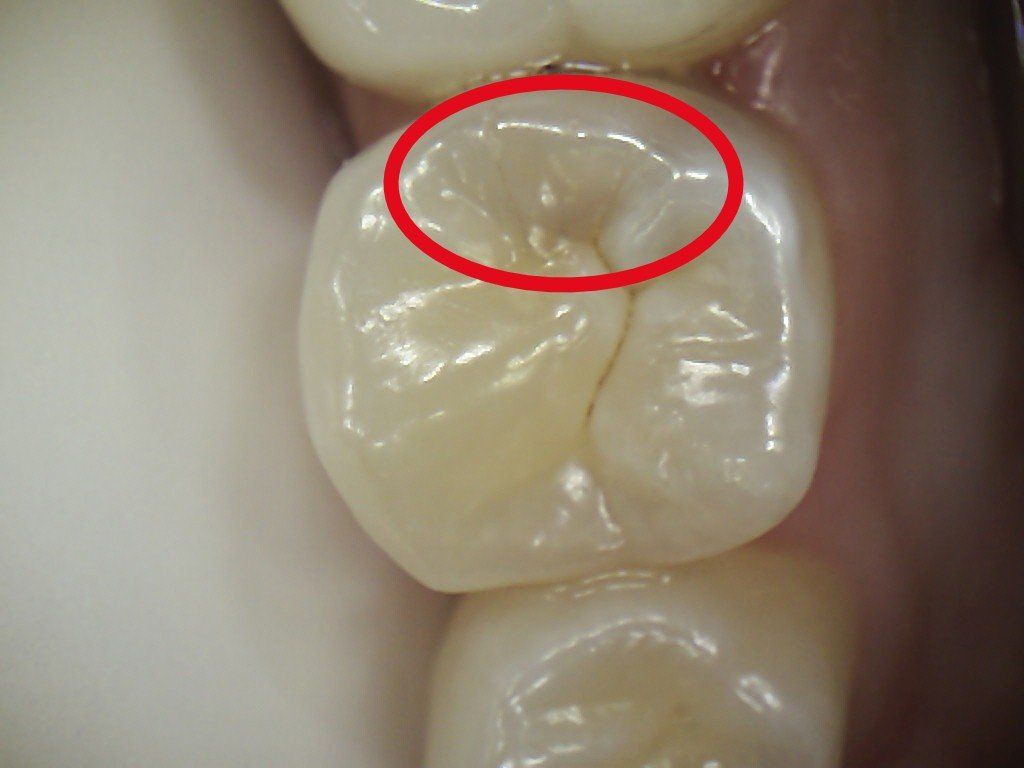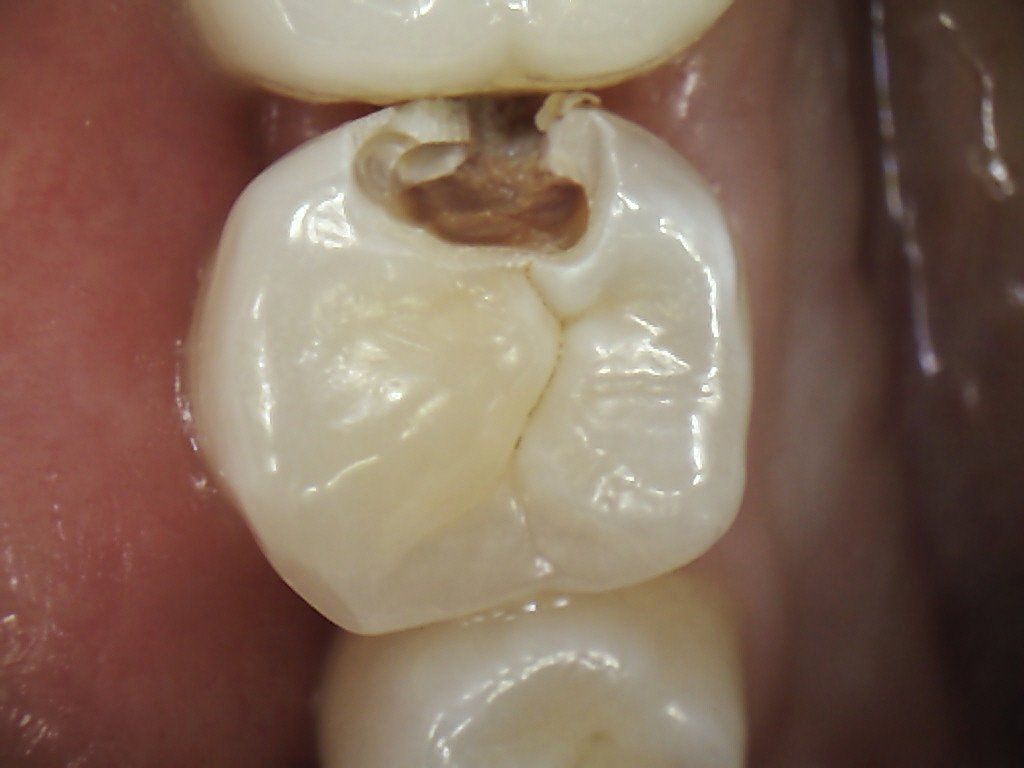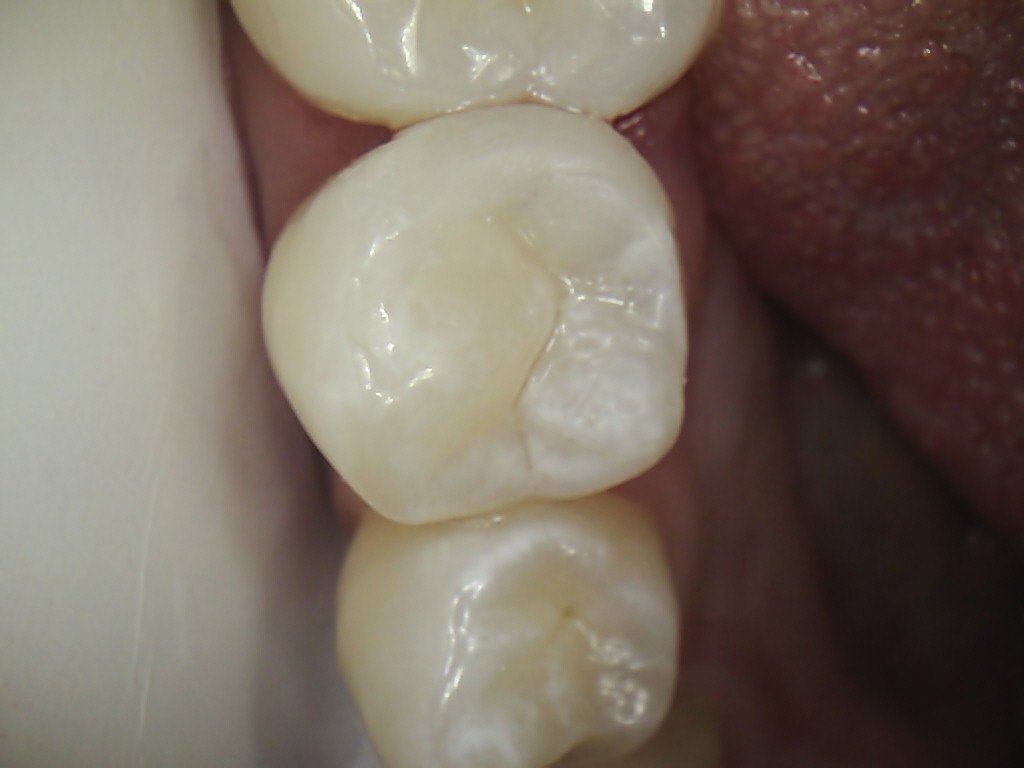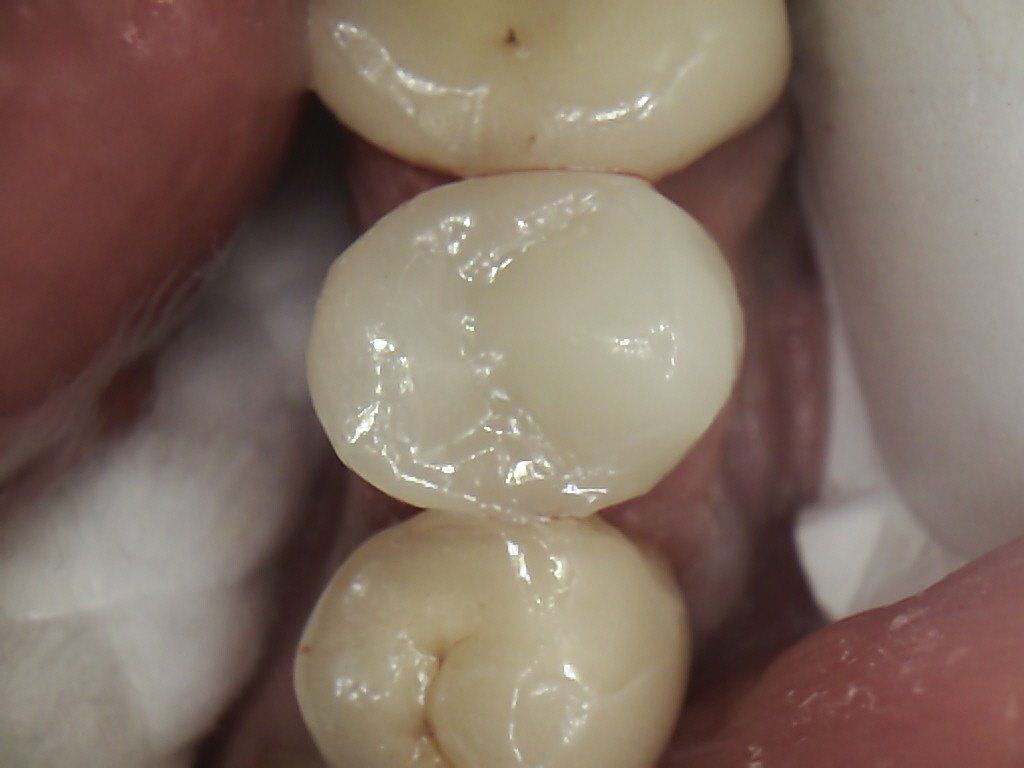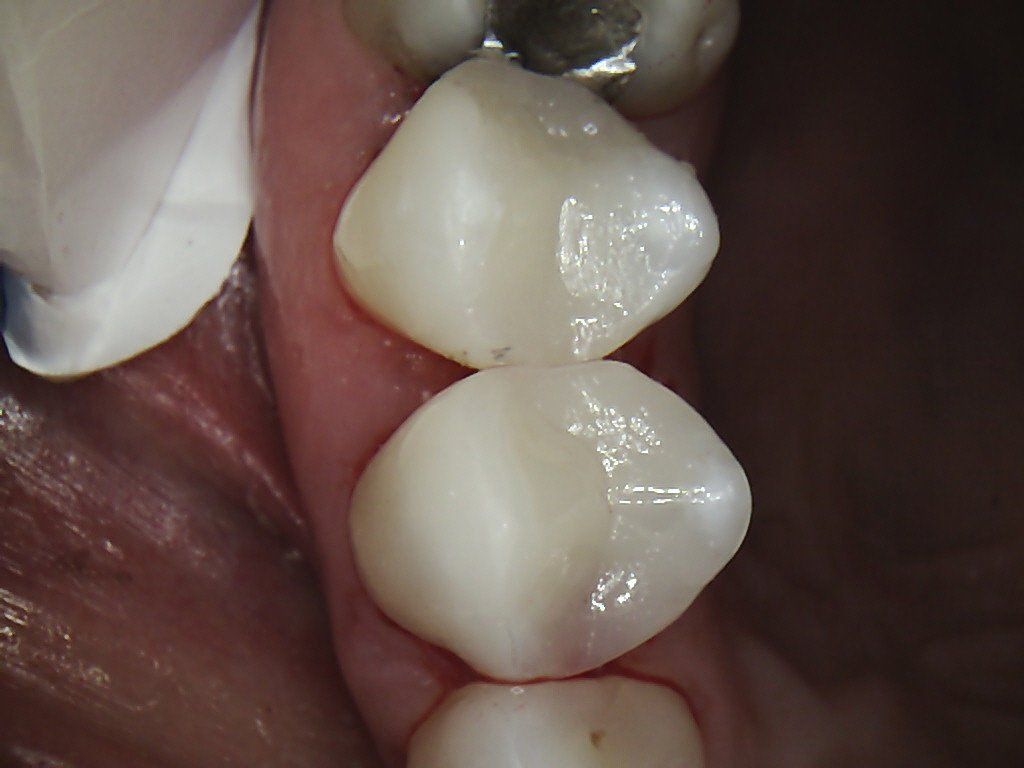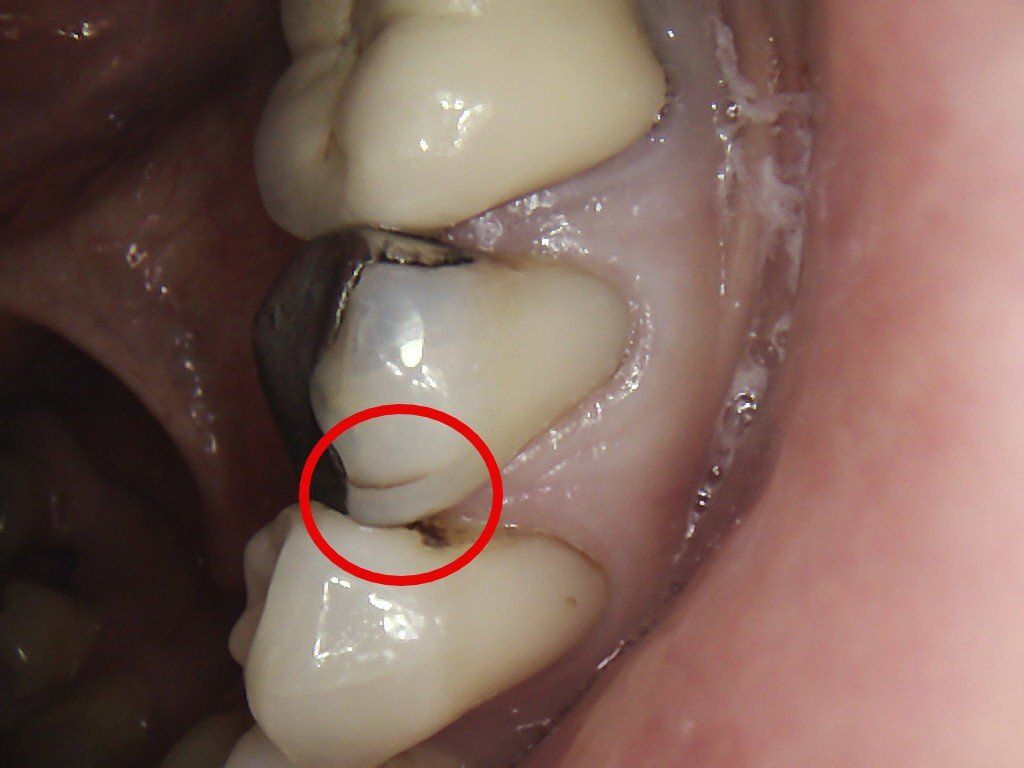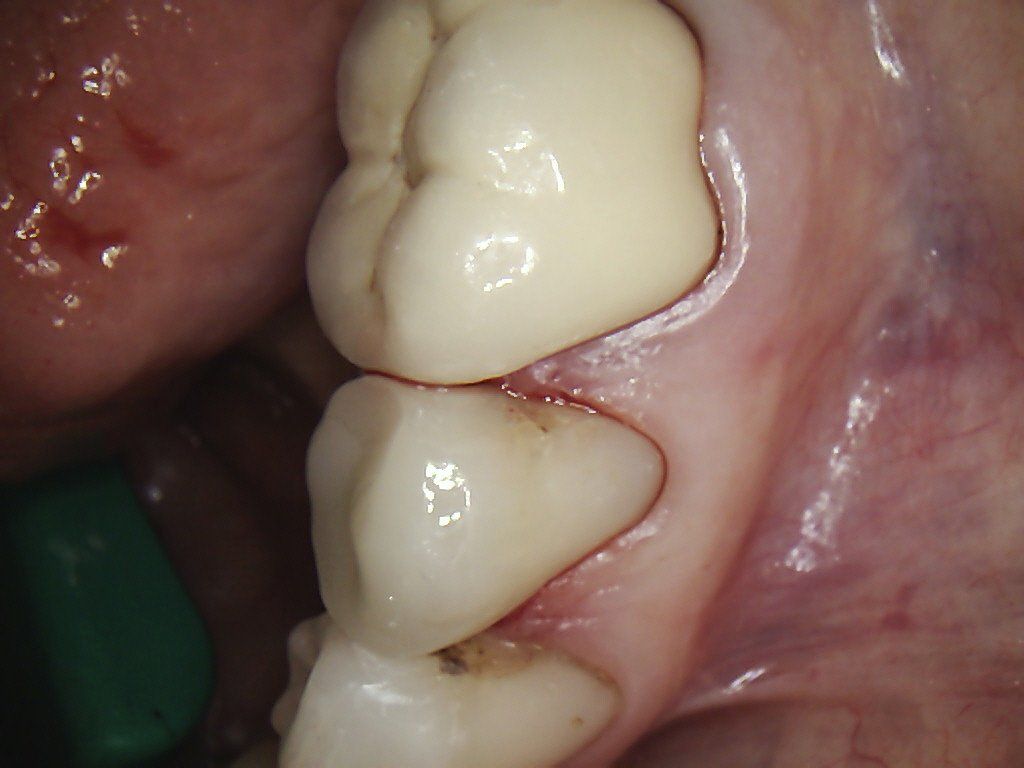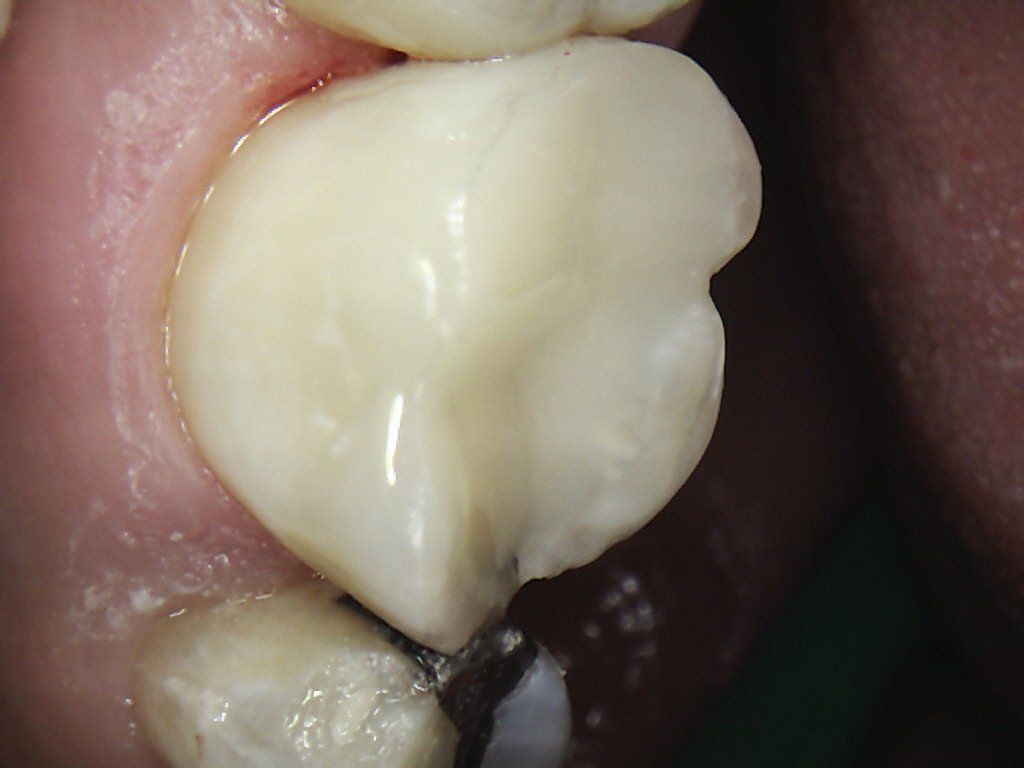COMPOSITE FILLINGS
At Discover Dental, we have the skills and experience to create long lasting, aesthetic composite restorations. All the photos below are of teeth we have restored in our practice.
What are composite fillings?
Composite is a fantastic, tooth coloured material for repairing teeth. The White Filling Options page outlines the principle behind the technique as well as information on the advantages, challenges and longevity.
Repairing a decayed tooth with composite filling
Repairing a fractured tooth with composite
Repairing a decayed side wall with composite
Replacing an old amalgam filling with composite
Replacing two amalgam fillings with composite
Replacing a large amalgam and repairing a fracture with composite
Protecting a thin wall from fracturing with composite
Wellington CBD Location
© 2024
Discover Dental
Contact
04 472 3510

